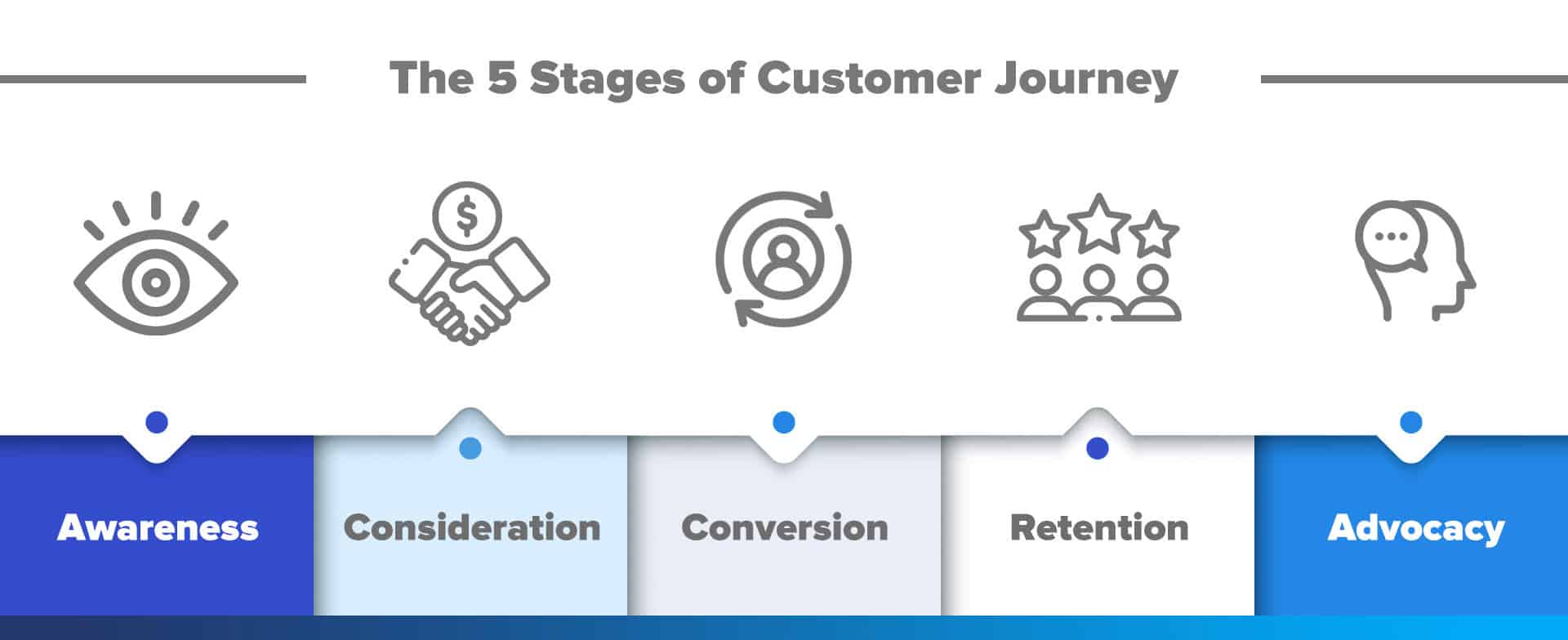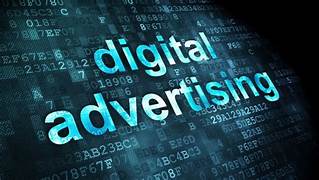The advertising strategy for the customer journey

It is imperative that the right form of advertising is used to target the customer at each stage of the customer journey.In an ideal world,advertising in one stage should ensure that the customer passes to the next stage seamlessly.We will discuss some advertising formats here that are used in the various stages of the customer journey.
How do we advertise to create Awareness and Consideration?
In the awareness and consideration phases of the customer journey, advertising aims to capture the attention of potential customers, introduce them to the brand, and provide relevant information to help them evaluate their options. The focus is on creating awareness of the brand or product and influencing customers' perceptions and preferences as they consider their purchase decisions.Here are some advertising strategies commonly used in the awareness and consideration phases:
- Brand Awareness Campaigns: These campaigns aim to increase visibility and familiarity with the brand among the target audience. They often use various channels such as TV, radio, outdoor billboards, and online advertising to reach a broad audience and create a memorable impression.
- Educational Content: Providing informative content such as blog posts, articles, infographics, or videos that address customer pain points, offer solutions, or highlight industry trends. This helps establish the brand as a trusted authority and builds credibility.
- Social Media Advertising: Leveraging social media platforms to reach and engage with potential customers through targeted ads, sponsored content, and influencer partnerships. Social media allows brands to interact directly with users, share engaging content, and cultivate a community around the brand.
- Search Engine Marketing (SEM): Using paid search ads to appear prominently in search engine results when users are actively looking for information related to the brand, product, or industry. SEM helps capture the attention of users at the moment they are expressing interest or intent.
- Display Advertising: Placing banner ads, rich media ads, or native ads on websites and digital platforms frequented by the target audience. Display advertising can increase brand visibility and capture the attention of users as they browse online content.
- Content Syndication: Distributing branded content through third-party publishers, industry websites, or content-sharing platforms to reach a broader audience and drive traffic back to the brand's website or landing pages.
- Event Sponsorships and Partnerships: Associating the brand with relevant events, conferences, or community initiatives to increase exposure and reach potential customers in a targeted and engaging environment.
- Remarketing and Retargeting: Serving ads to users who have previously visited the brand's website or interacted with its content but haven't made a purchase yet. Remarketing helps keep the brand top of mind and encourages users to reconsider their options.
What advertising helps in Selling?
- Product Comparison Ads: Highlighting the features and benefits of the product or service compared to competitors, helping customers make informed choices.
- Testimonials and Reviews: Sharing positive testimonials, reviews, and case studies from satisfied customers to build trust and credibility.
- Limited-Time Offers and Discounts: Providing exclusive deals or discounts to incentivize immediate action and drive conversions.
- Demo Videos or Tutorials: Showing how the product or service works and demonstrating its value in real-world scenarios.
- Free Trials or Samples: Offering free trials or samples to allow customers to experience the product or service before making a purchase.
When is it used?
Advertising that promote a sale or decision stage advertising typically focuses on providing information that helps the customer make a final purchase decision. This can include features, benefits, pricing, promotions, and any unique selling propositions that differentiate the product or service from competitors. These tend to reinforce the value proposition of the product or service and address any remaining concerns or objections the customer may have.
How do we promote loyalty?
- Reward Programs: Promoting loyalty programs that offer rewards, discounts, or exclusive perks to incentivize repeat purchases and customer retention.
- Personalized Offers: Tailoring promotions and offers based on past purchase behavior, preferences, and demographics to make customers feel valued and appreciated.
- Branded Content and Community Engagement: Creating content that adds value to customers' lives, such as informative articles, helpful tips, or entertaining videos, to keep them engaged with the brand.
- Referral Programs: Encouraging satisfied customers to refer friends and family to the brand by offering rewards or incentives for successful referrals.
- Email Marketing and CRM: Using email marketing and customer relationship management (CRM) tools to stay in touch with customers, provide relevant updates and offers, and nurture long-term relationships.
When is it used?
In the loyalty stage of the customer journey, advertising focuses on maintaining engagement with existing customers, encouraging repeat purchases, and fostering brand loyalty. The goal is to reinforce positive associations with the brand, encourage ongoing engagement, and turn satisfied customers into brand advocates.
It's important to note that these strategies are not rigid, and there can be overlap between the stages. A comprehensive digital marketing strategy often involves a combination of these advertising types to effectively guide customers through the buyer's funnel, from initial awareness to long-term loyalty.
Agile Digital Marketing is adept at running effective advertising campaigns for your business.Schedule a Consultation Now.



